Mosquito
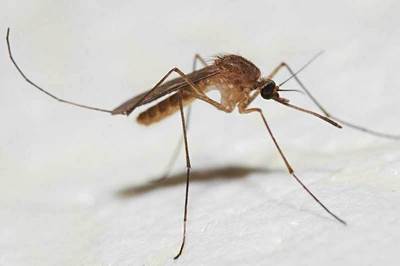
Content:
Mosquito is a very ancient representative of the fauna of our planet. These small flying bloodsuckers have bothered dinosaurs, and today they are no less annoying. In our article, you’ll learn everything about mosquitoes: habitats, diet, appearance, reproduction, and so on.
Description and Characteristics
Mosquitoes belong to the Diptera squad and the family of blood-sucking mosquitoes. Mosquitoes have been living on Earth for 145 million years.
The mosquito has a thin body from 4 to 14 mm in length. Mosquito’s wings are transparent; they reach up to 3 cm in diameter and are covered with small scales. The abdomen of a mosquito consists of ten segments. A mosquito’s long legs have two claws.
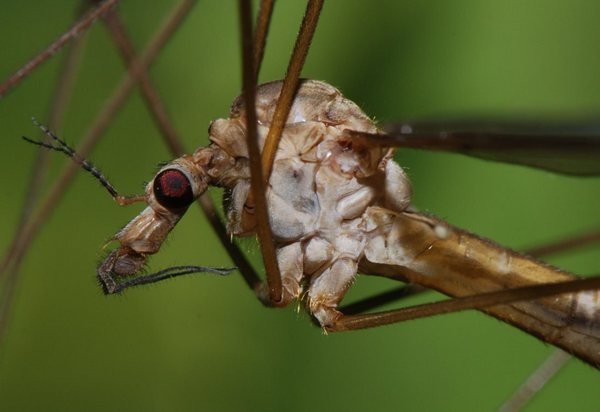
A mosquito’s color (in addition to the usual black or brown), can be quite unusual: green, yellow, orange, and red mosquitoes are found in Nature.
An interesting fact: there are wingless species among the large family of mosquitoes.
Besides this, mosquitoes have a kind of antenna, consisting of 15 parts. This “antenna” has olfactory organs and auditory receptors. It is with the help of such an antenna the mosquito finds its prey.
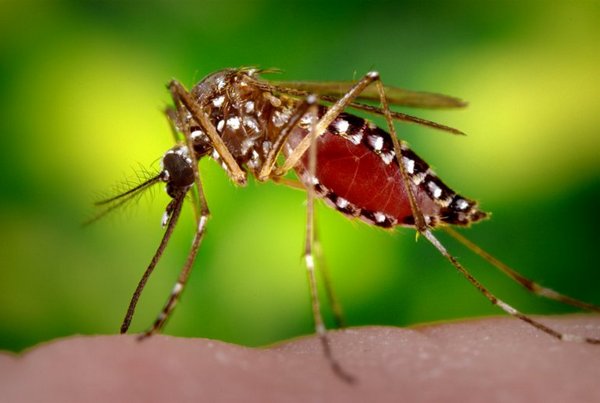
Lifespan
How long do mosquitoes live? Female mosquitoes live much longer than males, whose average lifespan is only 17-19 days. The lifespan of a female mosquito depends on the ambient temperature and can range from 40 to 120 days. Yet, because it is the female mosquitoes that suck blood, their life often ends prematurely…
Habitat
Where do mosquitoes live? Almost everywhere (except for always cold Antarctica). Yet these insects are most common in areas with a hot and humid climate, where they remain active throughout the year. Mosquitoes that live in more Northern regions fall into hibernation during the winter, awakening with the advent of spring.
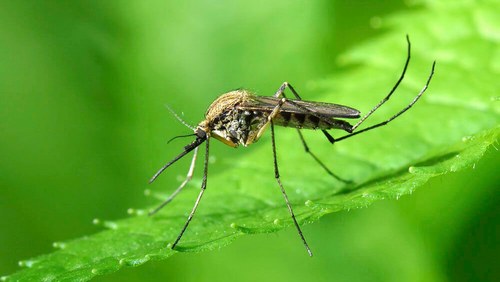
Diet
What do mosquitoes eat? It is probably no secret to anyone that only female mosquitoes suck blood, while males are quite harmless creatures. Male mosquitoes feed only on nectar or plant sap.
Yet for the reproduction of offspring, females need protein food, which they just get from the blood, both humans and animals.
Bite
Female mosquitoes sit on the skin of their prey, then gnaw a hole in the skin with sharp jaws, immerse their proboscis there, through which blood is sucked. Special saliva is injected into the wound simultaneously with a bite. A mosquito’s saliva does not allow blood to clot and causes an allergic reaction in the form of itching, redness of the skin and swelling.
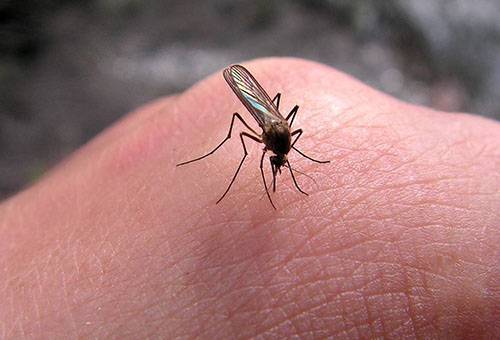
Harm to Humans
Not only the swelling and unpleasant itching may be caused by mosquito bites. Many mosquitoes can be carriers of dangerous viruses and infections. Mosquitoes that live in the tropics of Asia, Africa, and South America are especially dangerous, as they can be carriers of such dangerous diseases as malaria, encephalitis, yellow fever, Zika virus, West Nile fever, etc.
Enemies
Mosquitoes have many enemies in natural conditions. So they and their larvae are a tasty treat for many insects, birds, fish, and amphibians: frogs, newts, salamanders, dragonflies, spiders, bats, water mites, lizards.
It is also very interesting that mosquito larvae often feed on the larvae of other insects such as the swimming beetle and dragonfly.
Difference Between Male and Female
First of all the difference is in the structure of the oral organ – the male’s jaws are underdeveloped, because he does not need to gnaw through the skin to drink blood.
Species
There are a great many different types of mosquitoes in Nature. We will describe the most interesting of them:
Common Mosquito (Culex pipiens)
It is the most common member of the mosquito family. The common mosquito lives in a wide geographical area. These mosquitoes often bother us during forest picnics or walk near ponds.
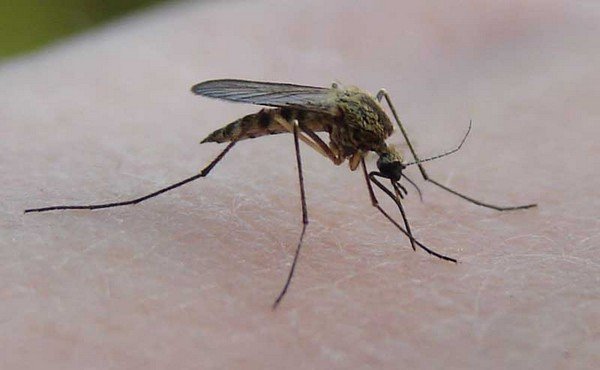
Crane Fly
These mosquitoes live only in places with high humidity: near ponds, swamps, in shady thickets. They are quite big – reach 4-8 cm in length. Besides this crane fly is safe for humans, since it feeds only on nectar and plant sap, but can cause harm to farmland and forest plantations.
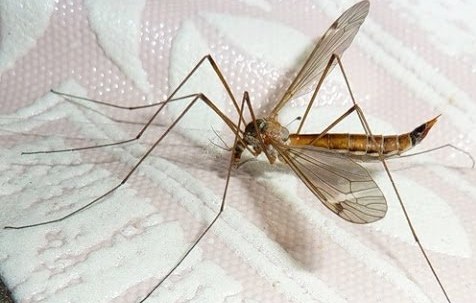
Malaria Mosquito (Anopheles)
This type of mosquito is the most dangerous of all since it is a carrier of the most dangerous parasites – the malarial plasmodia that cause malaria. The size and appearance of the malaria mosquito is similar to the common mosquito, the only thing that distinguishes it is its longer hind legs.
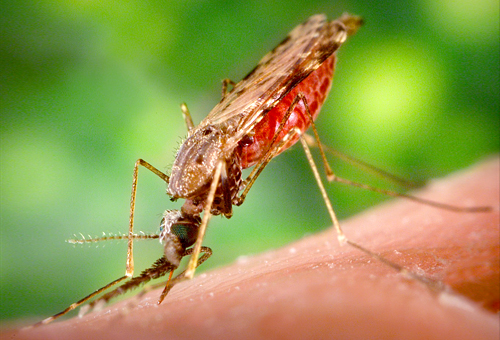
Trichoceridae (Winter Crane Flies)
These mosquitoes are similar to the large spiders and centipedes. They differ from other mosquitoes in their ability to tolerate cold.
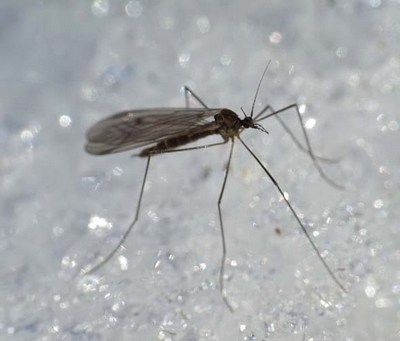
Chironomidae
It is a harmless representative of the mosquito family, as it eats only plant foods. Chironomidae lives mainly near the water. It differs from other mosquitoes in its appearance – it has a yellowish-green color with long limbs.
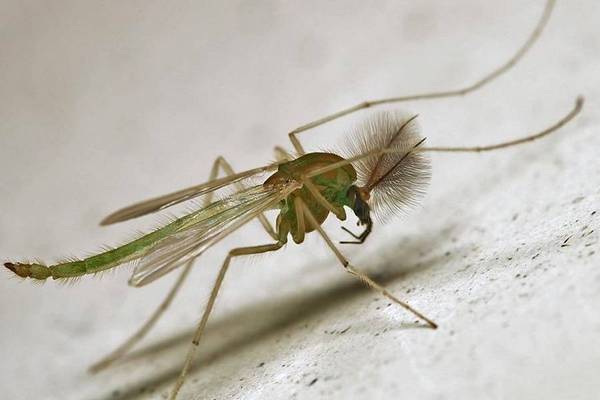
Reproduction
The life cycle of a mosquito consists of four stages:
- Egg: every 2-3 days, the female lays from 30 to 150 eggs in the water, which matures from 2 to 8 days.
- Mosquito larva: emerges from an egg, then lives in a pond and feeds on local microorganisms. The mosquito larva breathes air through a special tube. The larva goes through 4 moltings during its development and formation until finally, it turns into a chrysalis.
- Pupa: its development also occurs in water and lasts up to 5 days. As it grows older, it changes color, becoming black.
- Imago: is already an adult mosquito living on land.
First, males fly into the light, having gathered in a swarm, they expect females to mate. After mating, the fertilized female goes in search of the blood that she needs to lay her eggs.
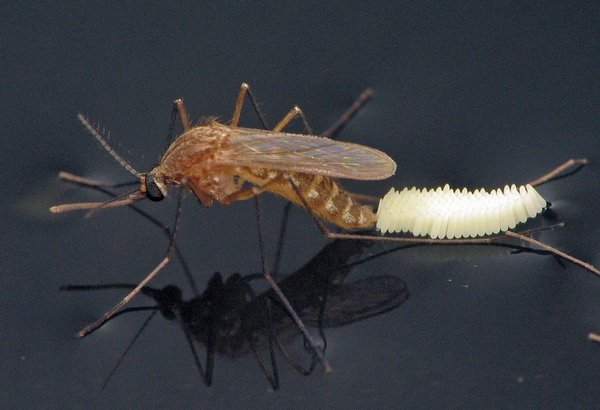
How to get rid of Mosquitoes at Home?
Sometimes mosquitoes have a bad habit of bothering people in every possible way. As a means of protection against mosquitoes, people have developed many tools, among which special mosquito nets will be very useful, preventing mosquitoes from entering the house through open windows.
Another effective mosquito repellent can be odor-producing substances that repel mosquitoes. Although their disadvantage may be that the smell of repellents can have a bad effect not only on mosquitoes but also on people.
Interesting Facts
- It was the mosquito that played a key role in the good old science fiction film Jurassic Park. Scientists were able to access the dinosaur DNA through the blood found in the ancient mosquito that got into amber.
- The mosquito’s flight speed is an average of 3.2 km per hour, but skillfully using air currents, mosquitoes can fly up to 100 km.
- The weight of the mosquito is so small that it won’t cause hesitation on the web and will not attract the attention of the spider.
References and Further Reading
- Harbach, Ralph (November 2, 2008). “Family Culicidae Meigen, 1818”. Mosquito Taxonomic Inventory.
- “mosquito”. Real Academia Española. Retrieved 24 July 2016.
- Brown, Lesley (1993). The New Shorter Oxford English Dictionary on Historical Principles. Oxford [Eng.]: Clarendon. ISBN 978-0-19-861271-1.
- “Mosquitoes of Michigan -Their Biology and Control”. Michigan Mosquito Control Organization. 2013. Archived from the original on 2013-03-30.
- Gates, Bill. “The Deadliest Animal in the World”.
- Bates C (2016-01-28). “Would it be wrong to eradicate mosquitoes? – BBC News”. Retrieved 2016-02-01.

Author: Pavlo Chaika, Editor-in-Chief of the journal Poznavayka
When writing this article, I tried to make it as interesting and useful as possible. I would be grateful for any feedback and constructive criticism in the form of comments to the article. You can also write your wish/question/suggestion to my mail pavelchaika1983@gmail.com or to Facebook.

